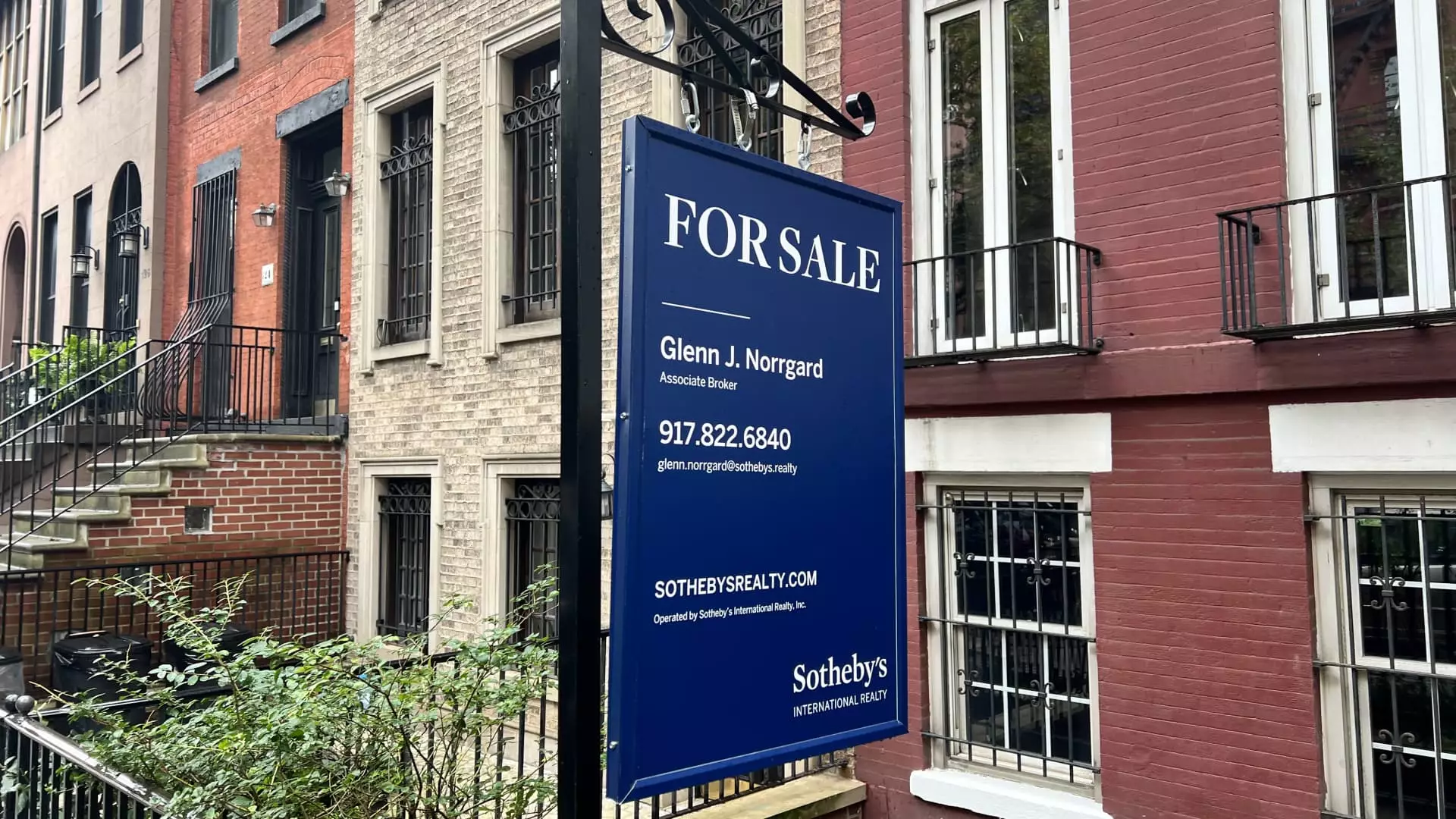The real estate market has hit a roadblock, with sales of previously owned homes dropping significantly in September. This decline, amounting to a 2% decrease from August, marks the slowest sales pace since the Great Recession in 2010. Despite this alarming trend, certain factors, including limited inventory and low housing affordability, continue to hinder the recovery of the market.
Sales of previously owned homes were only 15.4% compared to September 2022, painting a bleak picture of the current real estate landscape. Just two years ago, when mortgage rates were more favorable at 3%, home sales were running at a much more robust pace of 6.6 million units. However, in the face of challenging circumstances, the market has seen a sharp decline.
The Impact of Limited Inventory and Affordability
According to Lawrence Yun, the chief economist of the National Association of Realtors (NAR), limited inventory and low housing affordability are two critical factors hampering home sales. With only 1.13 million homes available for sale at the end of September, down over 8% from the previous year, the shortage of inventory has become a pressing issue in the market. This scarcity drives up prices, with the median price of a home sold in September reaching $394,300, showcasing a year-over-year increase of 2.8%.
First-time buyers have felt the brunt of these challenges, making up only 27% of sales compared to the historical average of 40%. The lack of supply has resulted in fierce bidding wars, with approximately 26% of homes selling above list price. This scenario puts first-time buyers, typically on a tighter budget, at a severe disadvantage, further exacerbating the crisis.
While sales across all price points have suffered, the higher-end market has experienced a relatively smaller decline. This can be attributed to the availability of more supply at higher price points and the ability of higher-end buyers to use cash for transactions. These factors provide some cushioning for the market, as cash sales accounted for 29% of all September transactions, up from 22% in the same month the previous year.
The real estate market crisis has also directly impacted the mortgage market. Mortgage demand is at its lowest level since 1995, as potential buyers face rising interest rates and worsening affordability. The current rate of the 30-year fixed mortgage stands at around 8%, making it increasingly challenging for individuals to enter the market. This decline in mortgage demand further hampers the recovery of the real estate market.
The Future Outlook
The recent shift in the Federal Reserve’s stance on interest rates has spurred some buyers to hasten their home purchasing decisions to avoid potential future hikes in mortgage rates. However, this rush to the closing table might lead to a larger lull in sales activity in the upcoming months. With affordability remaining a significant concern and the overall economic landscape uncertain, the future of the real estate market remains uncertain.
The slowing sales of previously owned homes present a crisis in the real estate market. Limited inventory, low housing affordability, and declining mortgage demand have contributed to this challenging landscape. The future of the market hinges on various factors, including the Federal Reserve’s decisions regarding interest rates and the overall state of the economy. Only time will tell if the real estate market can rebound from this crisis and regain its momentum.


Leave a Reply